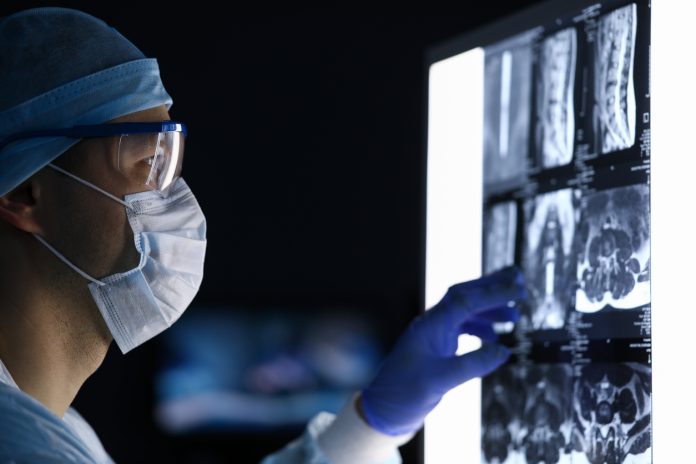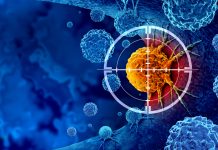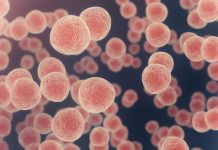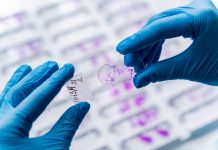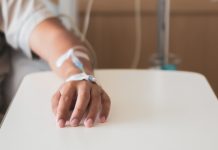Two advanced predictive algorithms can help accurately predict a patient’s chances of having undiagnosed cancer
Queen Mary University of London and the University of Oxford have developed two predictive algorithms that use information about a person’s health conditions and simple blood tests to accurately predict a patient’s chances of currently having undiagnosed cancer, including harder-to-diagnose cancers such as liver and oral.
The new tools could revolutionise cancer detection in primary care and encourage early treatment options for patients. They are designed to analyse a wide range of health data, ensuring a more comprehensive and holistic approach to detecting undiagnosed cancer.
Identifying patients with a high risk of undiagnosed cancer
The NHS uses prediction algorithms, such as the QCancer scores, to combine relevant patient data information and identify individuals at high risk of having a currently undiagnosed cancer, enabling GPs and specialists to call them in for further testing.
The researchers used anonymised electronic health records from over 7.4 million adults in England to create two new algorithms that are more sensitive than existing tools, improving clinical decision making and potentially accelerating cancer diagnoses.
The new algorithms used information about a patient’s age, family history, medical diagnoses, symptoms, and general health and incorporated the results of seven routine blood tests as biomarkers to improve early cancer diagnosis.
New algorithms offer much-improved diagnostic capabilities
The researchers compared the new algorithms to the existing QCancer algorithm. They found that the new models identified four additional medical conditions associated with an increased risk of 15 different cancers, including those affecting the liver, kidneys, and pancreas.
Furthermore, two additional associations were also found for family history with lung cancer and blood cancer, and seven new symptoms of concern (including itching, bruising, back pain, hoarseness, flatulence, abdominal mass, dark urine) were identified as being associated with multiple cancer types.
The results highlighted that the new algorithms offered improved diagnostic capabilities and are the only ones currently employed in primary care settings to estimate the likelihood of having a current yet undiagnosed liver cancer.
Professor Julia Hippisley-Cox, Professor of Clinical Epidemiology and Predictive Medicine at Queen Mary University of London, and lead author of the study, said: “These algorithms are designed to be embedded into clinical systems and used during routine GP consultations. They offer a substantial improvement over current models, with higher accuracy in identifying cancers — especially at early, more treatable stages. They use existing blood test results that are already in the patient’s records, making this an affordable and efficient approach to help the NHS meet its targets and improve its record on diagnosing cancer early by 2028.”
Dr Carol Coupland, senior researcher at the Queen Mary University of London and Emeritus Professor of Medical Statistics in Primary Care at the University of Nottingham, and co-author said: “These new algorithms for assessing individuals’ risks of having currently undiagnosed cancer show improved capability of identifying people most at risk of having one of 15 types of cancer-based on their symptoms, blood test results, lifestyle factors and other information recorded in their medical records. They offer the potential for enabling earlier cancer diagnoses in people from the age of 18 onwards, including for some rare types of cancer type.”

